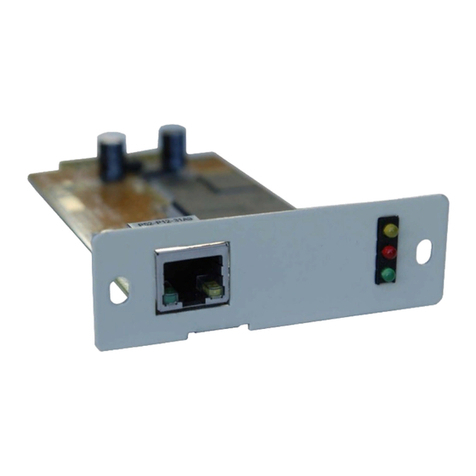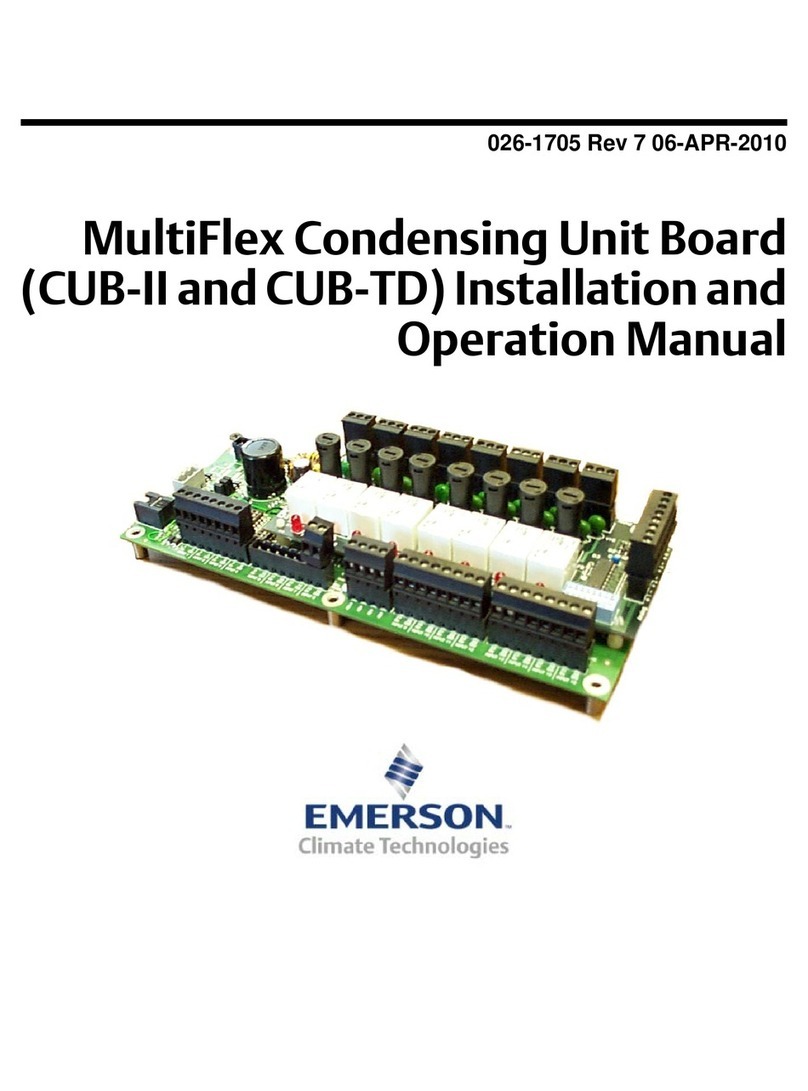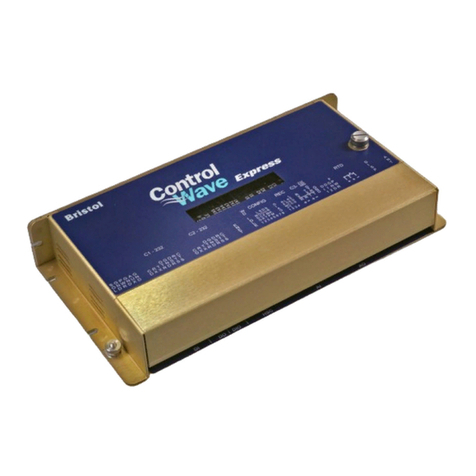Emerson Liebert iCOM User manual
Other Emerson Computer Hardware manuals
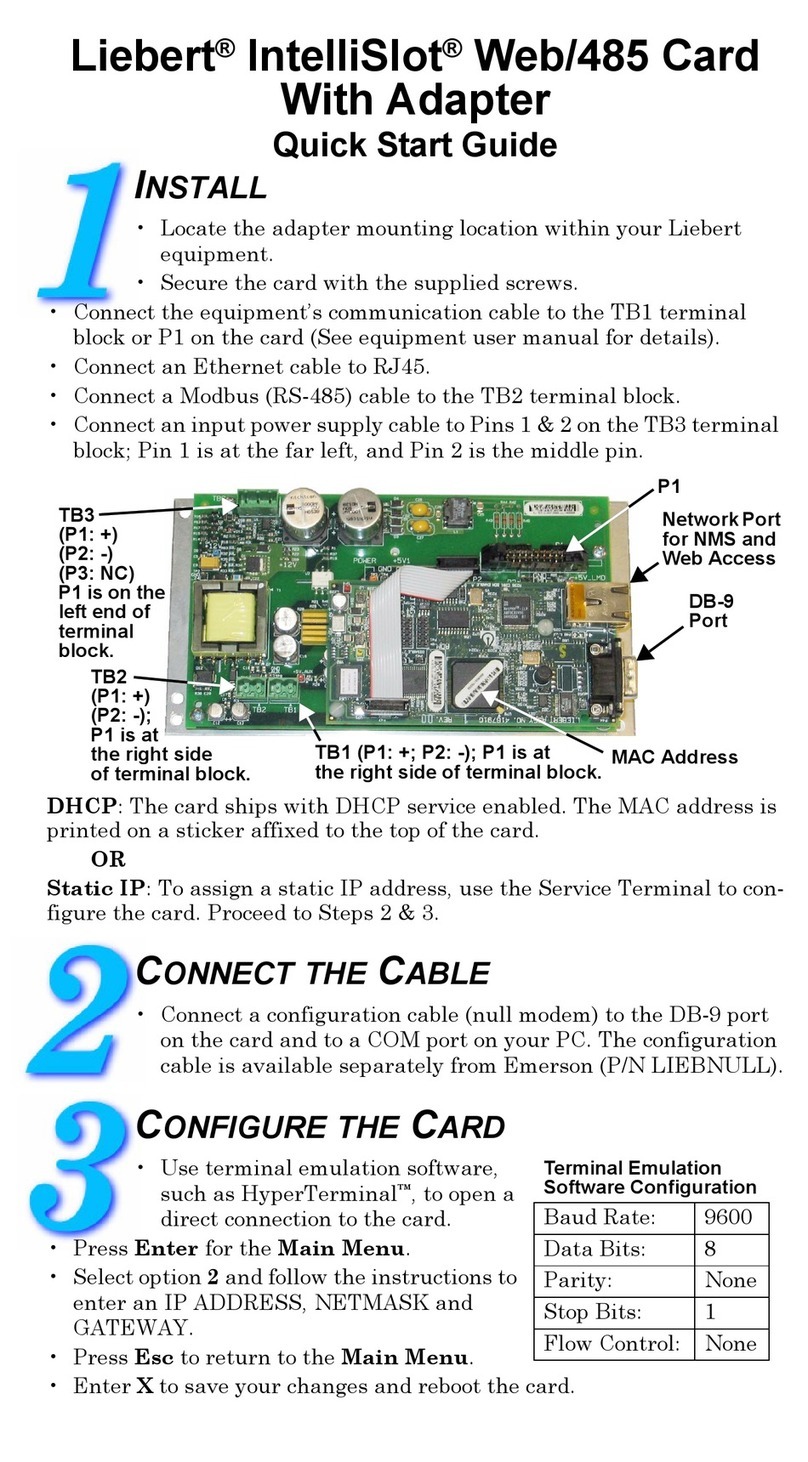
Emerson
Emerson Liebert IntelliSlot User manual
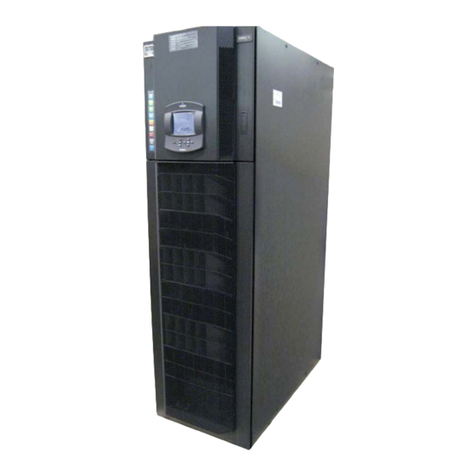
Emerson
Emerson Liebert CRV User manual

Emerson
Emerson SI-PROFINET RT 0478-0125-02 User manual

Emerson
Emerson PCIE-8120 User manual
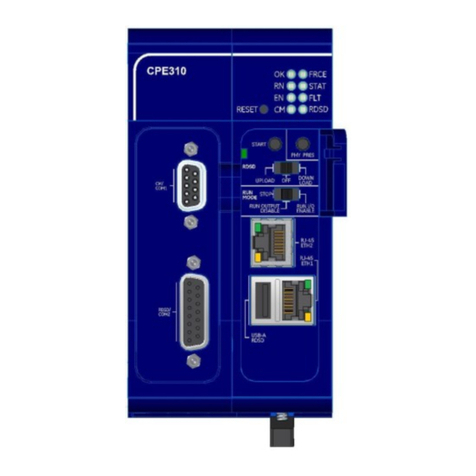
Emerson
Emerson PACSystems RX3i IC695CPE302-B Series User manual

Emerson
Emerson Bristol 392951-01-0 User manual

Emerson
Emerson Pm8560 User manual
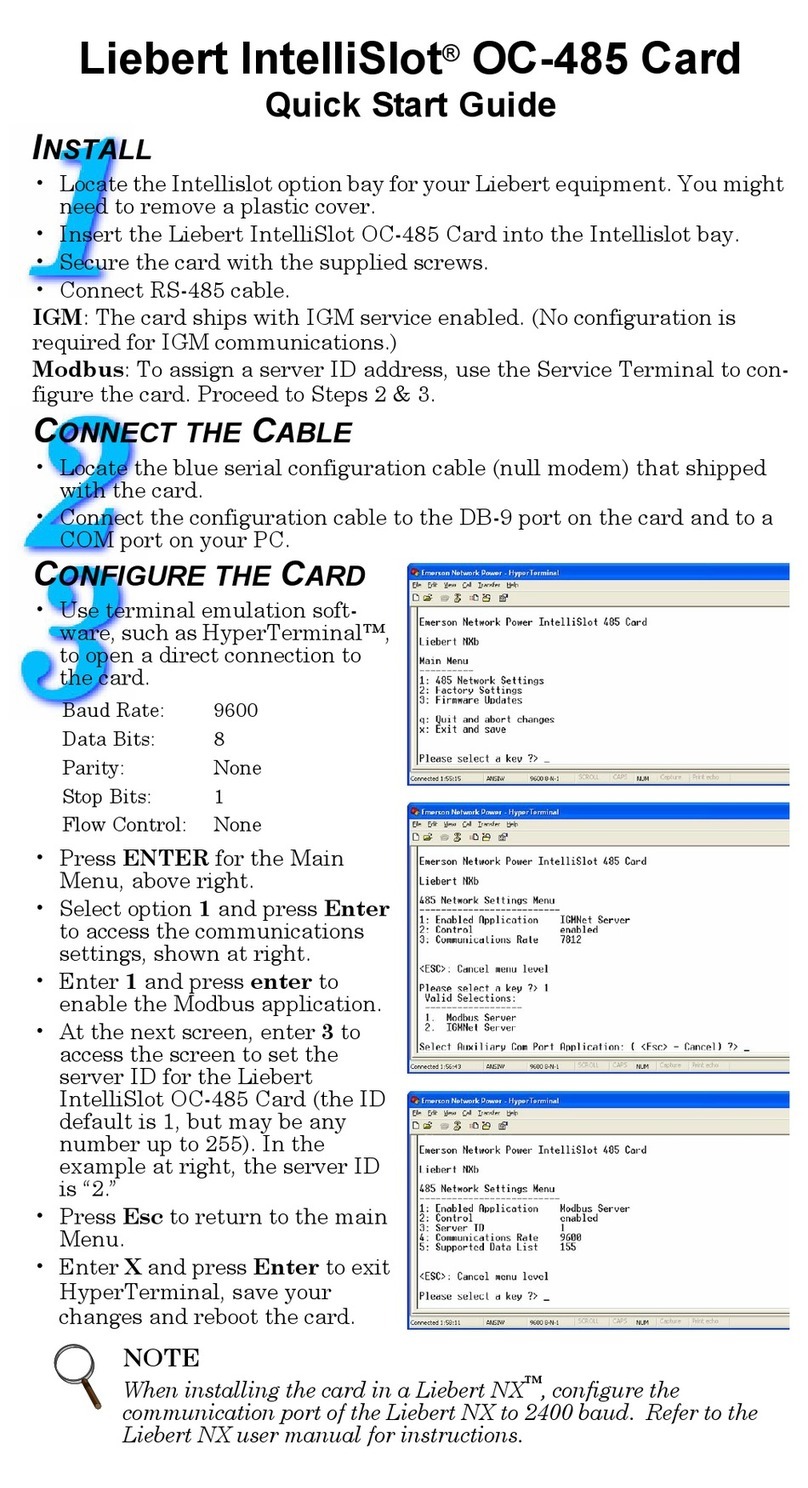
Emerson
Emerson Liebert IntelliSlot OC-485 User manual
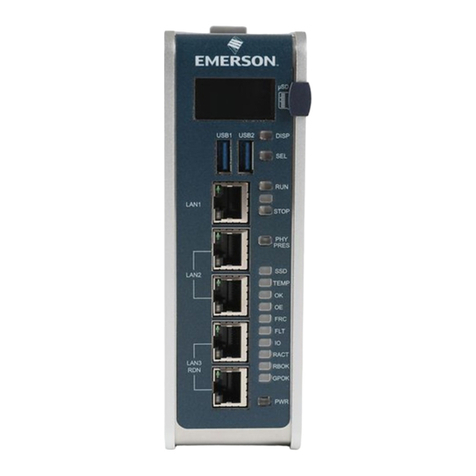
Emerson
Emerson PACSystems IC695CPE400 User manual
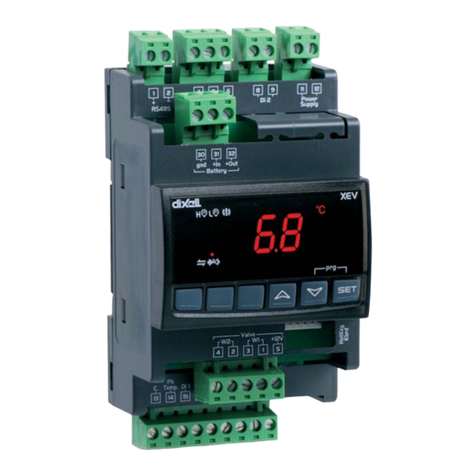
Emerson
Emerson XEV22D User manual
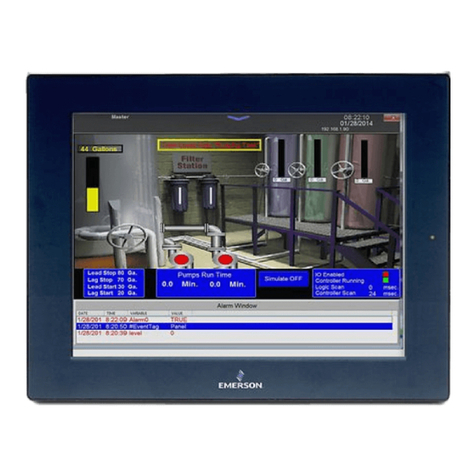
Emerson
Emerson QuickPanel+ IC755C S06RD Series User manual
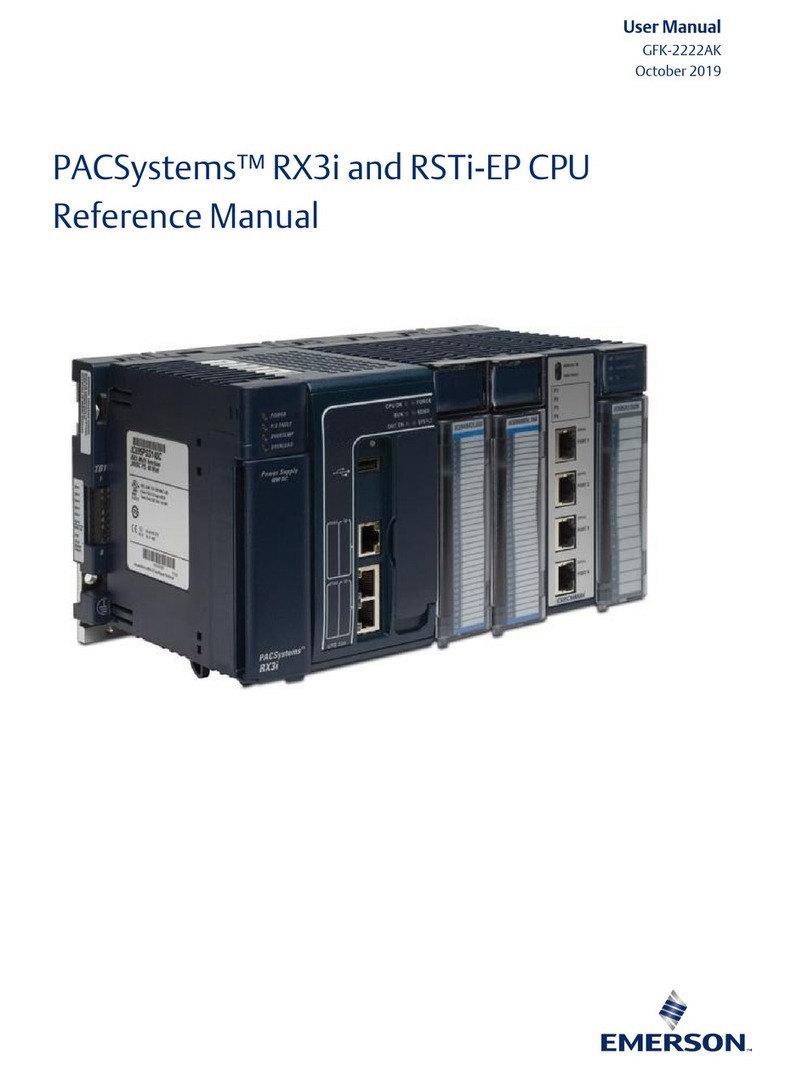
Emerson
Emerson PACSystems RX3i User manual

Emerson
Emerson PACSystems IC695CPE400 User manual
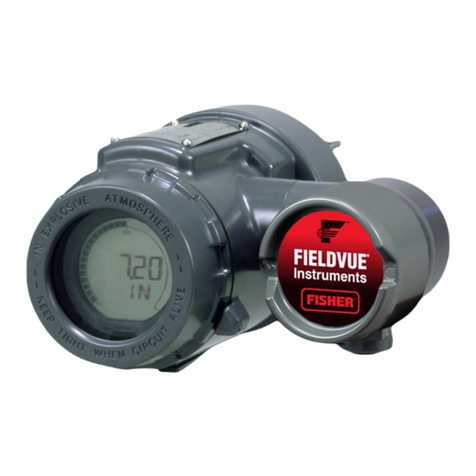
Emerson
Emerson Fisher FIELDVUE DLC3020f User manual

Emerson
Emerson PACSystems RX3i User manual
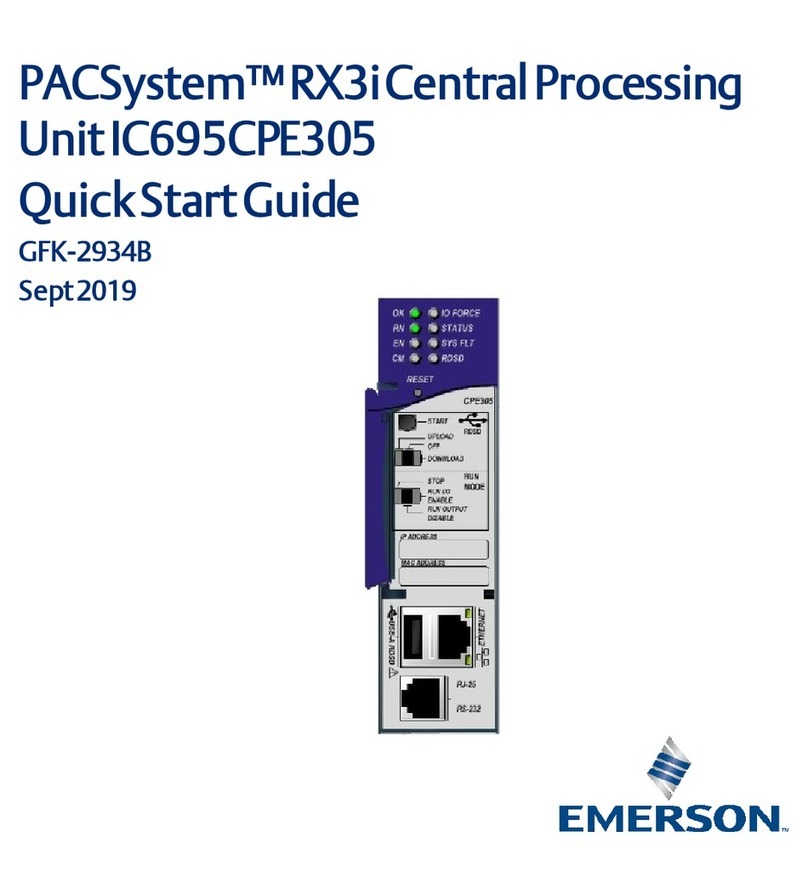
Emerson
Emerson PACSystem RX3i User manual
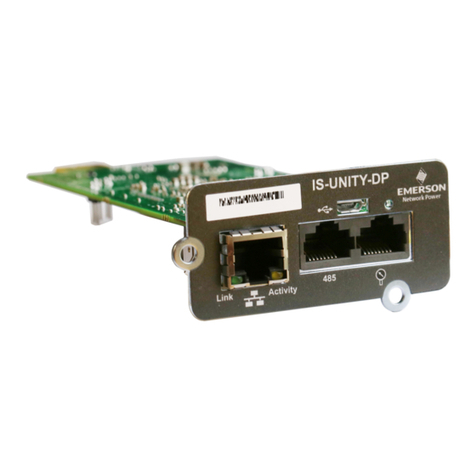
Emerson
Emerson Liebert Intellislot Unity Card User manual
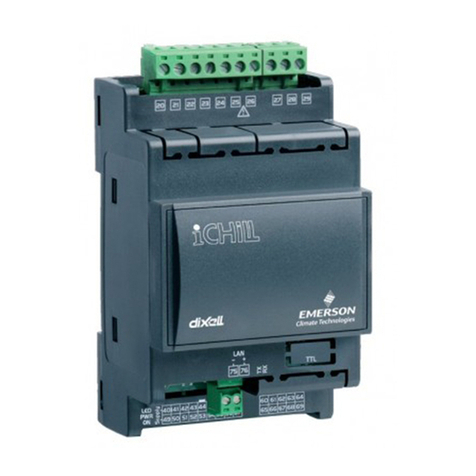
Emerson
Emerson Dixell iChill ICX207D User manual

Emerson
Emerson IC695CPE330 User manual
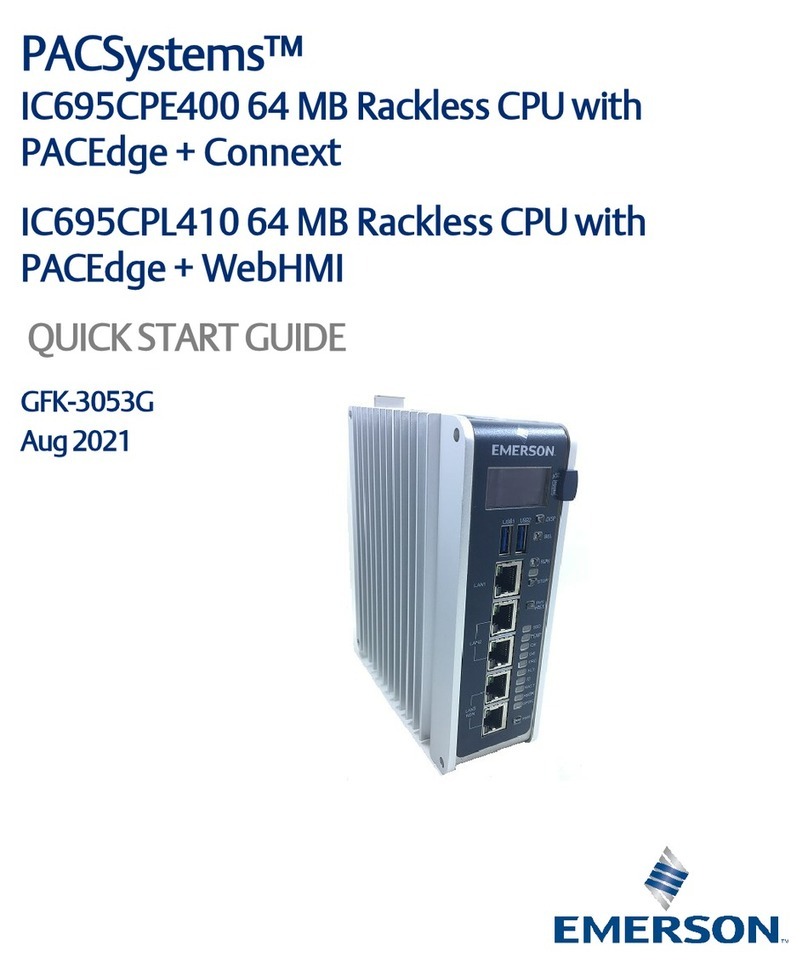
Emerson
Emerson PACSystems IC695CPL410 User manual
Popular Computer Hardware manuals by other brands

Toshiba
Toshiba TOSVERT VF-MB1/S15 IPE002Z Function manual

Shenzhen
Shenzhen MEITRACK MVT380 user guide

TRENDnet
TRENDnet TEW-601PC - SUPER G MIMO WRLS PC CARD user guide

StarTech.com
StarTech.com CF2IDE18 instruction manual

Texas Instruments
Texas Instruments LMH0318 Programmer's guide

Gateway
Gateway 8510946 user guide

Sierra Wireless
Sierra Wireless Sierra Wireless AirCard 890 quick start guide

Leadtek
Leadtek Killer Xeno Pro Quick installation guide

Star Cooperation
Star Cooperation FlexTiny 3 Series Instructions for use

Hotone
Hotone Ampero user manual

Connect Tech
Connect Tech Xtreme/104-Express user manual

Yealink
Yealink WF50 user guide
